Ferry Birds – October 2016 to January 2017
Posted on February 1st, 2017
Looking back in the Ferry News at this time last year and my notes for this year show almost identical sightings of the regular birds in our area.


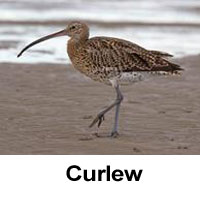
More or less the same number of redshank is wintering in West Bay along with the usual curlews and oystercatchers
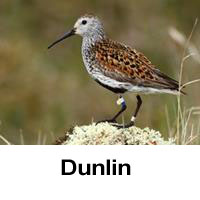
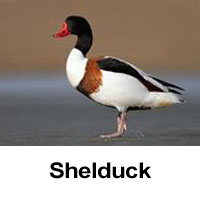
This year there have been more dunlins and they seem to be always there spread out over the mud as the tide ebbs and flows. Up to 7 shelducks have also been in the bay with up to 3 joining the redshanks on the floating mooring.
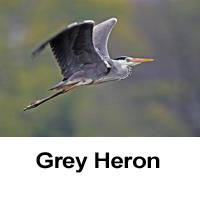
A grey heron drops in for a feed occasionally as well.
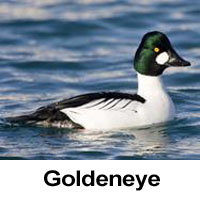
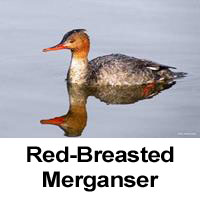
The ducks which winter around our coast have also been seen as last year. There have been up to 40 goldeneye in Inverkeithing Inner Bay and about the same number of red-breasted merganser off Cruickness Point.
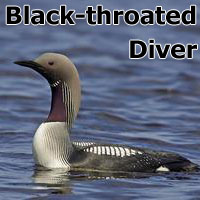
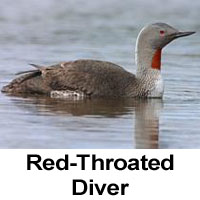
The latter were joined on 15th of November by a black-throated diver and 2 red-throated divers.
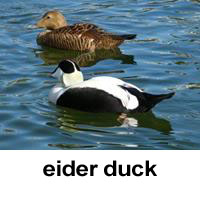
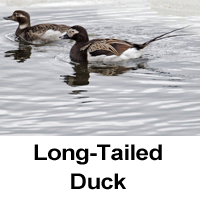
A few eider can also usually be spotted from Port Laing and a female long-tailed duck was seen from there during November.
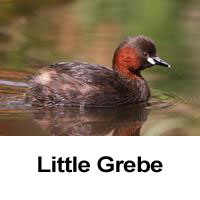
Little grebe regularly winter on the sea round here and with luck up to 4 can be spotted between Carlingnose Point and Cruickness Point.
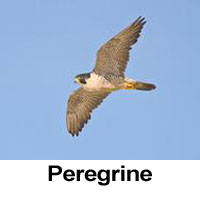


As to the less common local birds, I saw a peregrine cavorting with a crow over the quarry on the 1st of January and I have seen or heard a raven a couple of times in the same place.
I also heard and saw a raven over The Brae on the 12th of December.


Other local sightings have included a kingfisher at the mouth of the Keithing burn on the 9th November and a small flock of waxwings in a tree by the coastal path near the Carlingnose Reseve on the 20th December. Every now and then waxings appear in large numbers on the east coast of the United Kingdom. They have appeared this winter and they have been spotted in East Lothian and Edinburgh as well as various places in Fife.
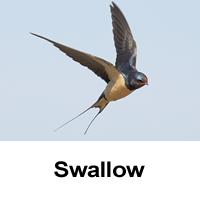
Finally an amazing sight I had from the coastal path near Seafield Tower near Kirkcaldy on the 25th of November.
I was walking along when a bird flew past me. It was a swallow! I couldn’t quite believe my eyes. Fortunately it had been seen by 2 or 3 other people to confirm its identity. It should have been well on the way to South Africa by then. A bit of research then told me that the latest ever seen in Scotland was at St Andrews on the 25th December 2000.
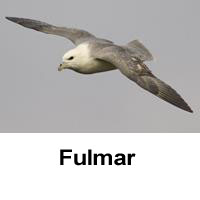
As far as I know the fulmars have not yet appeared on Inchgarvie although, similarly to last year, there were some on the cliffs at Kinghorn Bay on the 14th and 15th of January.
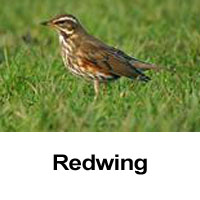
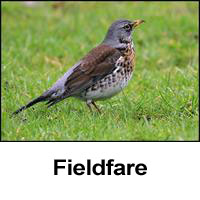
Redwings and fieldfare are members of the thrush family which breed in very small numbers in the UK but are mainly winter visitors to the United Kingdom. They breed in Scandinavia and can appear in large numbers depending on the berry crop and the weather in their breeding grounds. The first I saw this winter were flying quite high over the lower village on the 13th of November. Later in December the woodland around the Jamestown pond seemed to be a favourite spot for them.
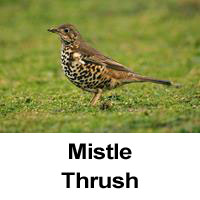
I had several sightings of mistle thrush there as well.

Maintenance work on the Carlingnose Reserve was carried out last September. The grass round the rocky knoll was cut. Further cotoneaster< removal has been done by local volunteers.
As usual a plea to leave some areas in you garden wild so that our resident birds and winter visitors have good places where they can scavenge for food in relative safety.
John Done